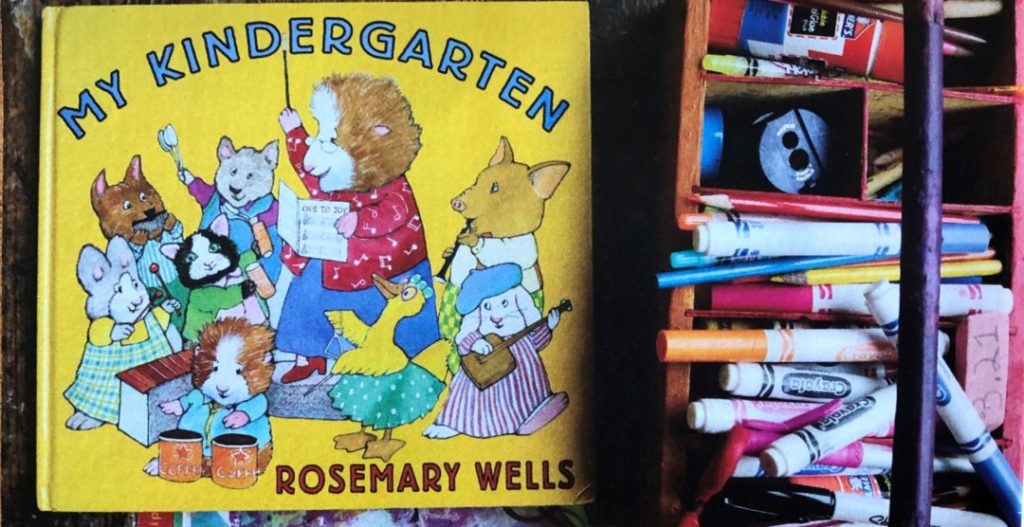Believe it or not, the start of the school year is fast approaching, with the familiar promise of sharp pencils, clean classrooms and new educational experiences!
For me, this year brings the startling realization that my four children will be entering first, third, fifth and eighth grades. They’re growing up so quickly. And I’ll be entering my 18th year as an educator!
Over the years I’ve gained some wisdom about how parents and caregivers can support their young learners as they transition from home, daycare or pre-K to full-day kindergarten:
Before school begins
Visit in advance: Take advantage of any kindergarten transitional programming offered at your child’s school, such as tours, orientations or open houses prior to the first day of classes. You may want to schedule a meeting with your child’s teacher and/or principal before school starts to address specific questions or concerns. Opportunities such as these give you and your child a chance to build excitement — and ease anxiety or fear of the unknown.
Shift your schedule: I know it’s hard to see summer end, but it’s important to gradually shift activities, schedules and routines. It can be extremely helpful to adjust your child’s routine a couple weeks prior to the school year, working to become in sync with upcoming wake-up times, lunch times and even snack times for your kindergartener.
For example, the simple act of feeding your child lunch at home at the time your child will be eating lunch at school may reduce hunger cravings that could be distracting for your child during the first weeks of school. If you don’t know what time your child will be having lunch at school, contact your child’s teacher, the school secretary or principal. They’re there to help you out.
After school starts
Establish routines: If your child will be riding the bus, resist the urge to drive your child to school the first week of school. Many schools have extra volunteers/support the first week of school to help your children adjust to new routines.
Focus on sleep: Sleep is extremely important to your child’s school success. From the perspective of a classroom teacher, I can’t emphasize enough the importance of sending to your child to school well rested. This is one of the most crucial things you can do as a parent
to help your child thrive in school. When children are sleep deprived, their self-regulation skills can suffer and can negatively affect behavior.
Even if your child’s been getting up earlier to go to child care or summer events, when your child enters school, he or she will be expected to self-regulate at a higher intensity for the length of a full school day, and this can be exhausting.
Individual sleep needs vary, but according to the National Heart, Blood and Lung Institute, school-age children need about 10 hours of sleep a day.
Avoid over-scheduling: As your child transitions to kindergarten, resist the urge to sign up for extra-curricular activities. While some kids might have the stamina for extra-curriculars, for others, kindergarten is plenty.
Connect with your child: Instead of saying “What did you do at school today?” ask “Who did you sit next to at lunchtime?” or “What did you do at gym today?” Your child’s kindergarten teacher will likely send home a weekly classroom newsletter. Use this information to start discussions at home with your child as well.
Unpack: Empty your child’s backpack each day and set aside 10 to 15 minutes for a short structured activity in the evening. During this time you could work with your child to complete kindergarten homework, play with letter flashcards or engage in rhyming games. These types of activities can help reinforce skills and also help you understand how your child is progressing.
Read: One of the most powerful things you can do with your child is read together every day. Let your child choose books at the library. Talk about what you read. Read signs, words on packages and more together. This verbal interaction and visual exposure to print can help kids learn skills they’re expected to grasp quickly, such as reading from left to right and identifying letters and sounds.
Even as your kids begin to read on their own, don’t stop reading to them! Expand your child’s imagination and vocabulary with stories and connect with your child during this nurturing experience each day.
Megan Devine is an elementary school teacher who lives with her husband and four children in Northeastern Minnesota. She blogs at kidsandeggs.com.


















